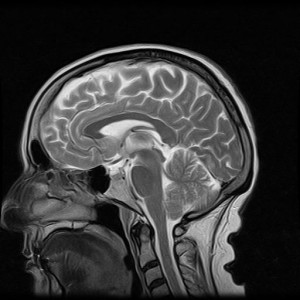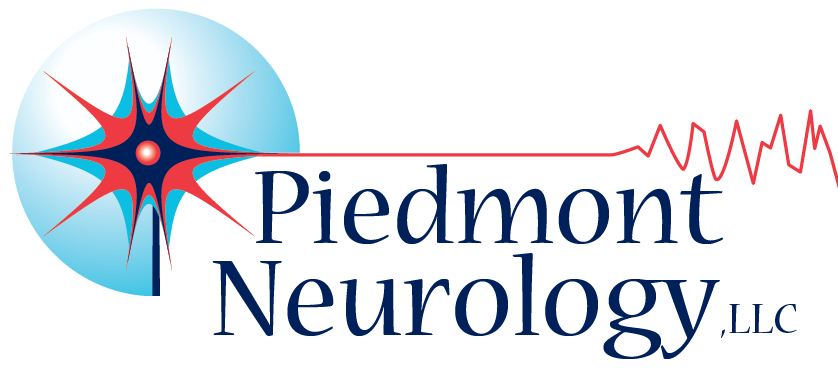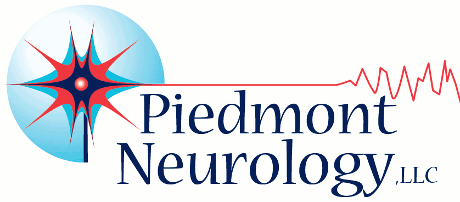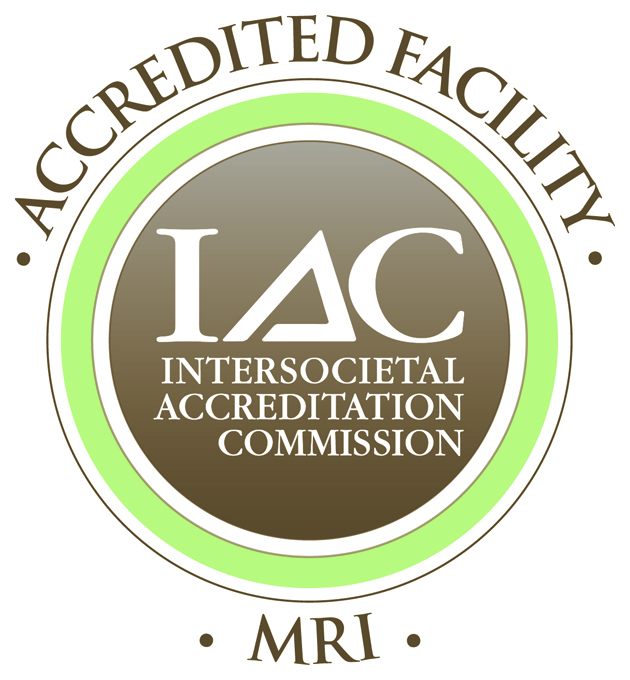Because Piedmont Neurology believes an informed patient is a healthier patient, we have included the following information about your study in order to insure a high quality examination that will be of maximal use to your physician in diagnosing your condition. The first sections of this page provide general information about each study offered by Piedmont Neurology. Near the bottom of the page you will find specific instructions on how to prepare (i.e. Preps) for your examination.
General/Vascular Ultrasound, Echo
Each of these tests utilizes sound waves to produce an image or measure blood flow. They are not painful and have a low risk side effects. No radiation is used, and these tests are safe for pregnant women. In fact, you may be familiar with the ultrasound exams women receive during pregnancy. An ultrasound allows your doctor to look inside your body and evaluate the bloodflow in your arteries and veins or visualize internal organs. These tests are very similar in that they are painless and noninvasive. To learn how to prepare for your test, scroll to the bottom of this page.

Magnetic Resonance Imaging (MRI)
An MRI is a non-invasive, painless test. It uses a powerful magnet to create images of the brain, spine, blood vessels, joints and other internal organs. It does not use radiation. The main safety issue with MRI is that certain metals or implanted devices can heat up, move, and/or malfunction. Continued after the image..

Patients with a pacemaker or an implanted defibrillator (AID) generally can NOT have an MRI, although some newer devices are MRI compatible. Check with your doctor. Most other metals including dental fillings and artificial joints are MRI-safe. Prior to your exam, you will be asked questions about surgically implanted or other metallic devices in or on your body.
If you have any surgically implanted devices and were given a card at the time of your surgery, we will need to see that card. If you have (or have had) hobbies or an occupation that required grinding metal, working with sheet metal, or if you may have metal fragments in your eyes, inform the technician.
Although the procedure is safe and painless, people with claustrophobia sometimes have difficulty tolerating this exam. This can often be overcome with mild sedation. If you think you will need sedation, ask the doctor who scheduled your exam for a sedative. You will need someone to drive you to and from the exam if you use a sedative. Also, if you are pregnant, let the technologist know.
Nuclear Medicine Studies
These studies are generally very safe. They rely on specific nuclear ‘dyes’ which are injected into the body so that pictures can be taken to show where the dye accumulates. Although the word, ‘nuclear’ is frightening to some people, these dyes are very safe and pose no threat to most people. However, be sure to tell the technologist if you are pregnant (or may be pregnant). Nuclear dyes rarely cause allergic reactions.To learn how to prepare for your test, scroll to the bottom of this page.
CT Scans

These scans are sophisticated x-rays that show cross-sections of parts of the body. This greatly increases the detail of the structures being studied, and these scans are much more efficient than regular x-rays for finding infections, masses, tumors, blood clots and other abnormalities.

CT scans sometimes require that IV or oral contrast be given. If you are allergic to CT contrast, be sure to tell the technologist. If you are pregnant or think you may be, please notify the technologist.To learn how to prepare for your test, scroll to the bottom of this page.
EEG, EMG, Nerve Conduction Study, SSEP
An EEG allows your doctor to visualize the electrical activity in your brain. It helps your doctor gain important information about seizures and other brain diseases. The EMG/Nerve Conduction consists of two tests. Nerve conduction’s involve giving small electrical shocks to various nerves. EMG involves inserting a small needle into muscles to measure the electrical activity. These tests give information about nerve and muscle disorders. SSEP involves giving small electrical shocks to the arms or legs. This test measures the speed of conduction in the brain and spinal cord. You may be administered a sedative for the SSEP. To learn how to prepare for your test, scroll to the bottom of this page.
General Instructions/Preps
Notify the technician if you are or think you may be pregnant. You should wear comfortable, loose-fitting clothing to your exam. You may be given a gown to wear during the procedure. Metal objects, including jewelry, eyeglasses, dentures, and hairpins may affect CT and MRI Images and should be left at home or removed prior to your exam. You may be asked to remove hearing aids and removable dental work.
Nothing By Mouth: For morning exams, no food after midnight. For afternoon exams, no food for 8 hours prior to your test. Children and add on (same day) patients should have no food for 4 hours before the test. You may have clear liquids (water, tea, colas, fruit juice without pulp). Diabetics should hold (not take) their diabetes medications, including insulin. Diabetics should drink clear liquid with sugar (sweet tea, Coca Cola) for low blood sugar. Drink plenty of liquids the day before the test. Bring a bottle for babies.
IV/Oral Contrast: Contrast may be administered either IV or orally. If you are undergoing a CT study with contrast, you should not take the medication metformin the day of the test or for the 2 days after the test. Metformin is a drug used to treat diabetes, and it is present in Glucophage, Glucovance, Avandamet, Metaglip, and ActoPlusMet. You should drink plenty of liquids the day before the test. You may continue to take these medications if you are receiving an MRI with contrast.
Ultrasound
Thyroid, Scrotum, Carotid Duplex/TCD, Venous or Arterial Study of the Arms or Legs — No special preparation is necessary.
Abdomen (liver, gallbladder, pancreas, spleen), Renal (kidney) — Nothing By Mouth. 2 glasses of water 1 hour before Renal (kidney).
Renal Artery, Mesenteric Artery, Aorta — You should have Nothing By Mouth.
Pelvis, Transvaginal, and OB (pregnancy) — Arrive with a full bladder. Finish drinking 1 quart (32. oz.) of clear liquid 1 hour prior to your exam. Do not empty your bladder. If your bladder is not full, the exam may need to be delayed.
CT SCAN
Neck, Chest, Abdomen, Pelvis — You should have Nothing By Mouth. IV or oral contrast may be given. Head, Spine — No preparation is needed, and contrast may be given.
Nuclear Medicine
Gallbladder — You should have Nothing By Mouth.
Bone Scan — No special preparation is needed.
Cardiac — No caffeine for 24 hours prior to the study. No nicotine (smoking) the day of the test. Wear comfortable clothes and walking shoes. No solid foods for 4 hours prior to the test. Drink plenty of fluids the day before your test.
EMG, Nerve Conduction Study
Bathe with soap to remove as much body oil as possible prior to your study.
Do not use any lotions, balms, or oils after bathing prior to your study. The EMG/NCV test will NOT affect the function of a pacemaker or internal defibrillator.
MRI
Be sure to ask for sedation from your doctor if you are claustrophobic. Alert the technician of any metal on or in your body. Bring your card if you have any implanted medical devices in your body.
EEG/SSEP
Wash your hair thoroughly with shampoo the night before the study to eliminate natural oils. Do not apply spray, mousse, or other hair products to your hair prior to your study. The SSEP may require mild oral sedation.










